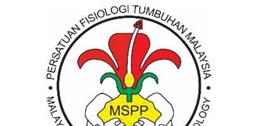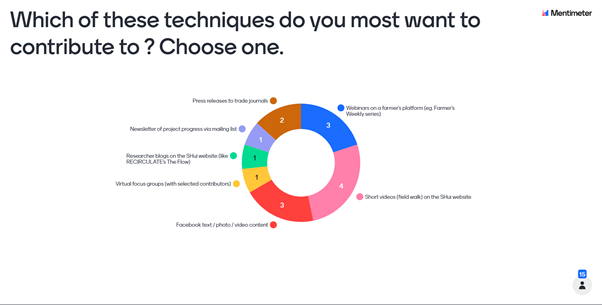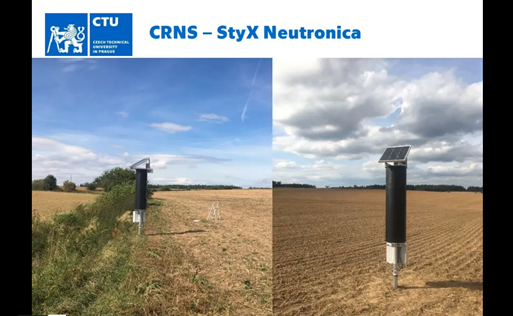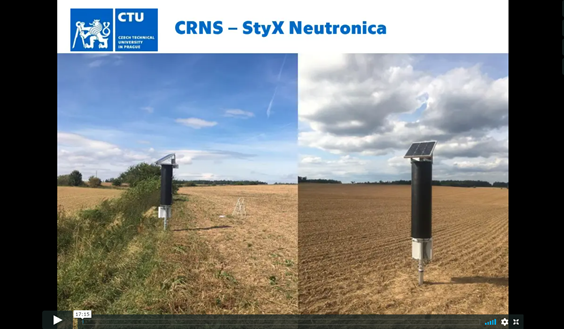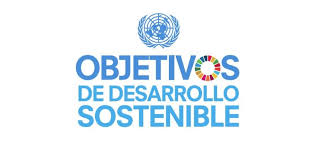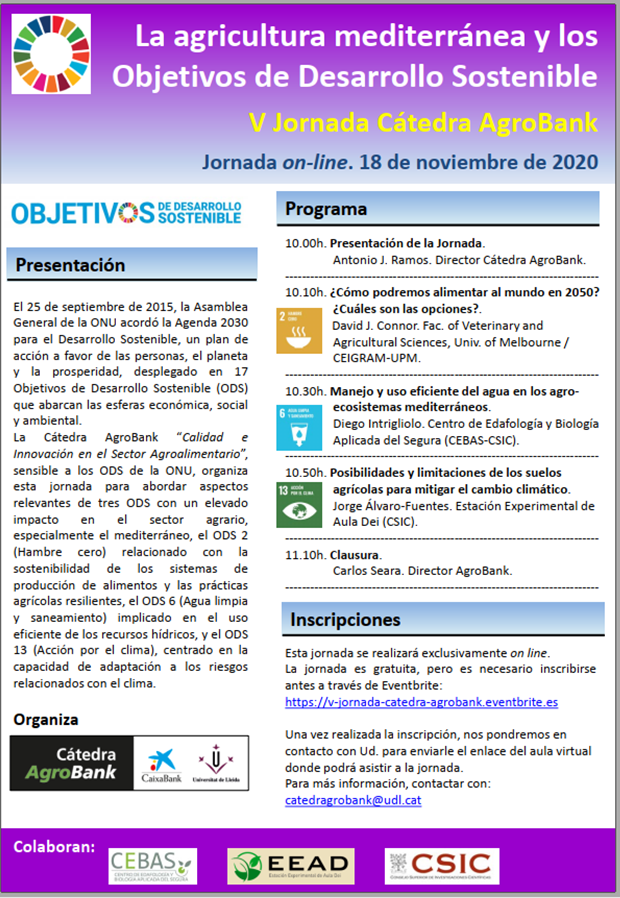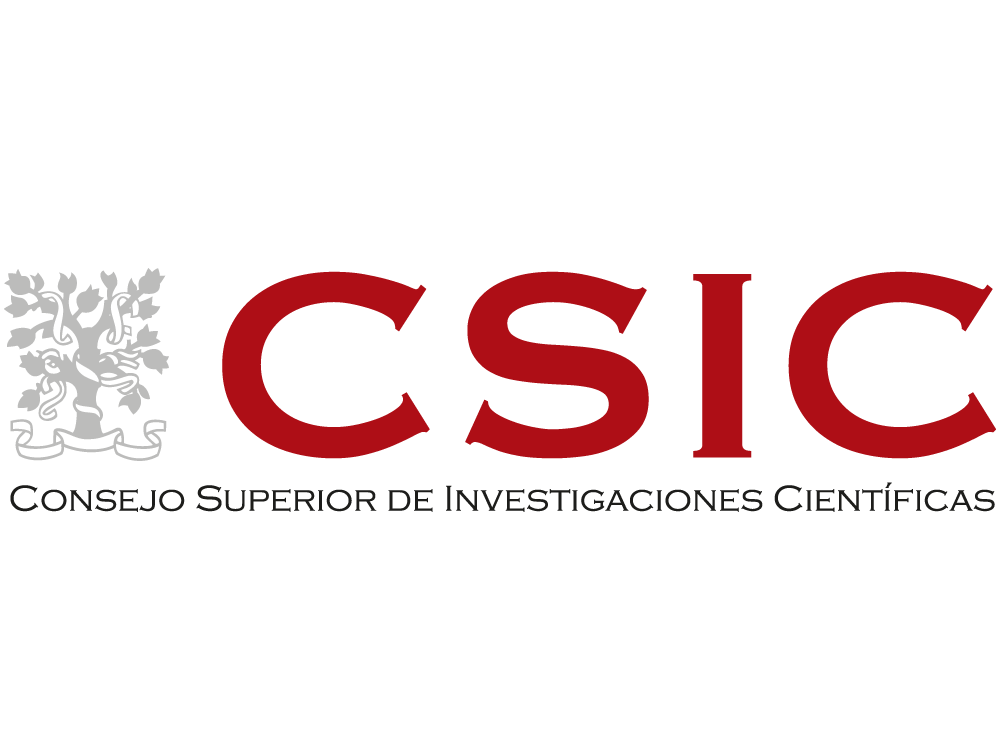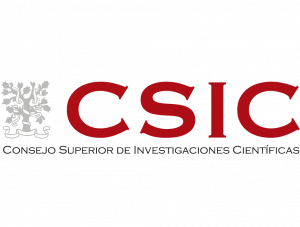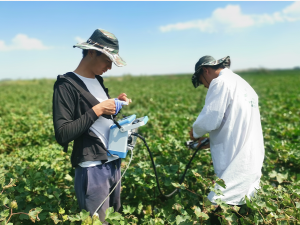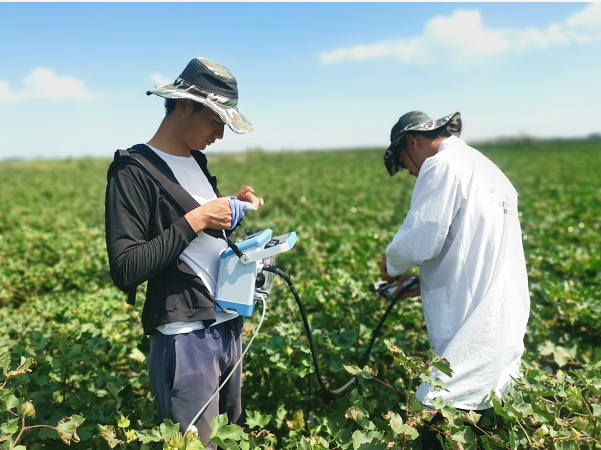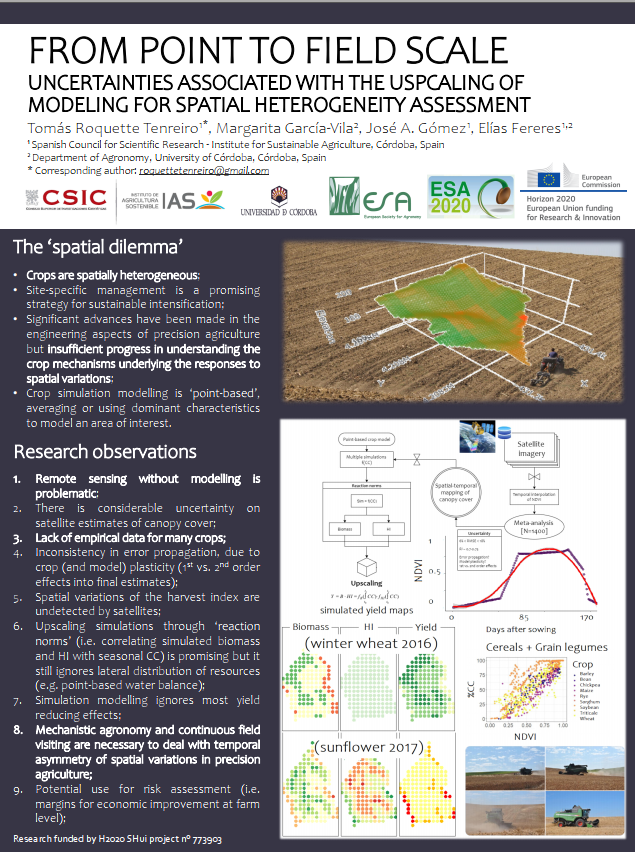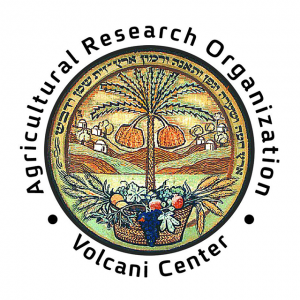 It has been a great month for SHui research dissemination by our Israeli SHui partner, ARO. Dr Alon Ben-Gal has been busy speaking at 3 international events related to our WP2.
It has been a great month for SHui research dissemination by our Israeli SHui partner, ARO. Dr Alon Ben-Gal has been busy speaking at 3 international events related to our WP2.
On 19th October 2020, Dr Ben-Gal was invited to speak at the Israel-Germany workshop on Agricultural Innovation and Adaption to Climate Change about “Irrigation water quality effects on soils, crops and resource use efficiencies”.
At the 2020 ASA-SSSA-CSA Annual International meeting (9th-12th Nov), Dr Ben-Gal was an invited speaker in the “Symposium on Optimizing Water Productivity in Irrigated Agriculture: Insights from Field Studies and Modeling Approaches” on “Considering water quality in approaches to optimize irrigation productivity”.
And finally, Dr Ben-Gal was invited to the 2020 International Conference of Drylands, Deserts and Desertification on 17th November and gave a talk about “Managing irrigation water as a function of its quality”.
Clearly there is ongoing interest in the impacts of irrigation water quality, which several SHui research groups are working on in specific cropping systems. Improving the salinity module of AquaCrop within SHui will help us to simulate the effects of water stress on our crops.


